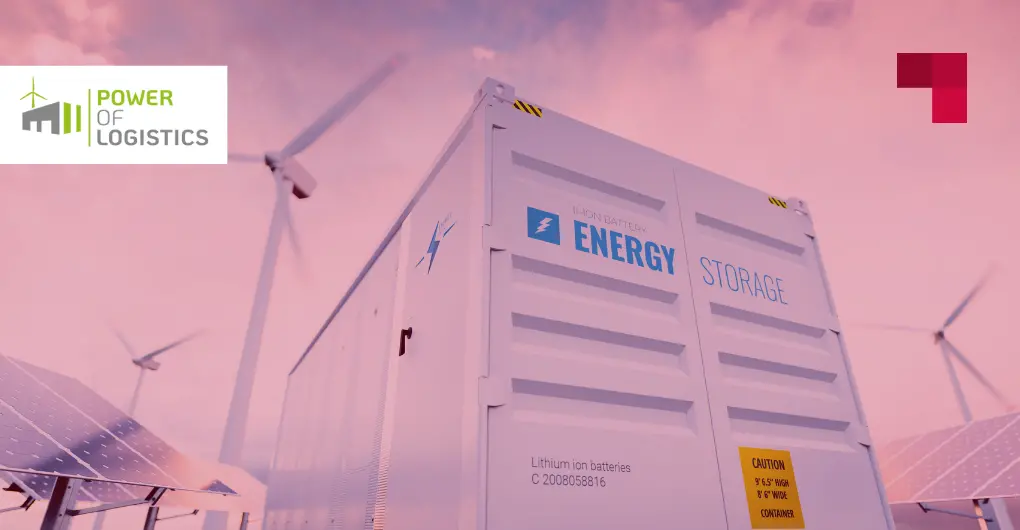

It is no secret that the logistics real estate industry makes a valuable contribution to society as a provider of space and supply chain infrastructure. What is still largely unknown is that logistics real estate can already do much more than that today. A central aspect here is the energy supply, which is currently dominating the public debate.
Environmental aspects must never be neglected by all the market players. The life cycle of the property must be taken into account, as a large part of the energy is consumed during operation. Alternative solutions are needed here. The roof areas in particular could provide relief with the installation of PV systems and be a further step towards the desired green energy sovereignty.
However, there are also various challenges in sustainable design with regard to statics, storage of surplus energy or limited tender volumes by the Federal Network Agency. Wind turbines on logistics sites are already being discussed, but have so far only been used to a very limited extent. Combined heat and power plants and water heat pumps could also find a home on logistics sites.
The "Power of Logistics" initiative, which was launched by the Logistics Real Estate Theme Group of the German Logistics Association (BVL) in October 2022, has set itself the goal of kick-starting these key issues and establishing logistics as a provider of sustainable energy in the long term. P3 Logistic Parks is proud to have joined the initiative from the very beginning and would like to work with other members to bring this issue to the forefront. The members of the initiative include logistics service providers, developers of logistics real estate, energy companies and now, for the first time, a seaport with JadeWeserPort.
Bureaucratic hurdles and undreamed-of potentials
There are enough areas for improvement. In particular, regulatory hurdles need to be lowered to enable easier and faster certification of solar installations. Billions of kilowatt hours lie fallow due to long lead times and, in addition, grid operators delay access to grid connection.
The figures are not very encouraging: on the roofs of all new logistics buildings in Germany from 2012 - 2022 alone, up to 2.5 terawatt hours of solar power could be generated and fed into the public grids. This corresponds to the annual electricity demand of about 800,000 households and an annual saving of 960,000 tonnes of CO2.
Sönke Kewitz, Managing Director of P3 Logistic Parks, says: "We have to reinvent our idea of a logistics property. This is not just about simple warehouses, but possible pillars of the energy turnaround. The figures show the potential impressively. Politics must also do its part and lower bureaucratic hurdles. The logistics industry wants to be an active contributor to the green energy supply."
Because there is undreamed-of potential for logistics properties in various directions. Of great importance could be the expansion of the charging infrastructure, which has so far been a bottleneck in the expansion of electromobility. There are parking areas on the grounds of logistics properties that offer space for charging columns. In addition, the properties are located in conurbations or transport hubs with convenient connections to motorways. If project managers also consider various electric mobility solutions when designing these logistics locations, logistics companies could establish themselves as an important driver of the charging infrastructure.
Operators thus have the opportunity to combine green power sources into a park-wide microgrid that supplies all tenants with renewable energy, including the provision of fast charging stations for commercial vehicles. The electricity generated by this microgrid could even be used for an onsite EV service station where private users charge their vehicles for a fee. Logistics properties with e-infrastructure not least make it easier for their tenants, i.e. numerous companies in industry and commerce, to get started with electromobility.
In this way, they can make a valuable contribution on the journey to sustainable mobility and actively shape this process. The initiative thus not only shows how companies in the sector can cover their own electricity needs, but can also advance the topic of green energy supply for the general public through extensive photovoltaic systems on warehouses, wind turbines in business parks, combined heat and power plants and water heat pumps.